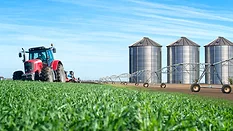
International Standards/Harmonization
Food safety standards vary by country and world region, and different aspects of food safety are regulated differently depending on the region. Harmonization and tightening of food safety standards around the world are important as emerging countries seek to improve quality of life by ensuring safer food for all people.
Articles
More ArticlesPodcasts
More PodcastsNever miss the latest news and trends driving the food safety industry
Newsletters | Website | eMagazine
JOIN TODAY!Copyright ©2026. All Rights Reserved BNP Media.
Design, CMS, Hosting & Web Development :: ePublishing



